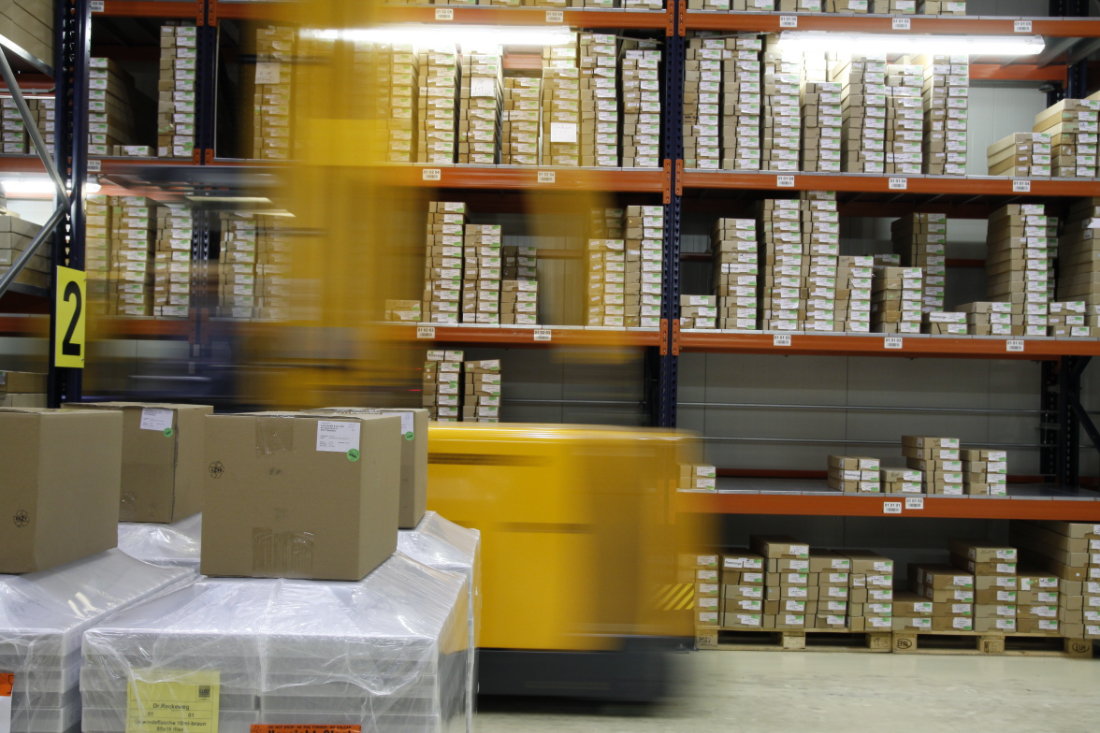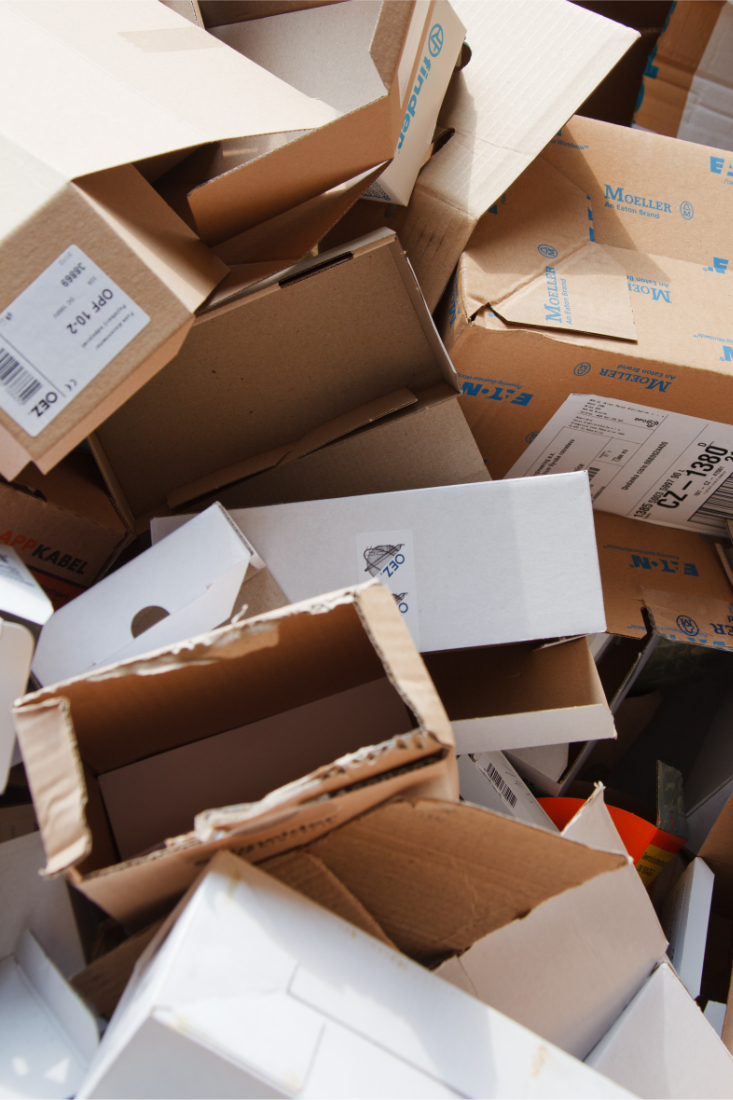With the rise of e-commerce, it’s time we reconsider what packaging is for, says regular columnist Justin Zhuang. There is opportunity for better performance in terms of brand experience and the reduction of waste.

Image by Free-Photos from Pixabay
May 7th, 2021
A cardboard box, a polybag, or a padded envelope – these generic pieces of packaging define the ubiquity of e-commerce today. Regardless of which online retailer one patronises, it is probably impossible to tell the difference when the package arrives. While e-commerce boasts of designing all sorts of interactions, including predicting customers’ preferences and nudging more purchases, its delivery of an online purchase in real life remains unsophisticated and in need of better design.
A major reason is perhaps retailers’ reliance on third-party logistic firms. This has constrained them to packaging that wraps up all products – from the luxurious to the everyday – as simply standardised logistic units. The result is mundane, and also often wasteful.
Compared to a brick-and-mortar store where a purchase is packed in a shopping carrier, e-commerce requires more robust packaging to ensure goods are delivered safely. Air pillows, bubble pouches and paper stuffing are just some of the additional items that come with an order, all of which are typically packed in an oversized container. And even after going through all these, one finds that the product also comes in its own package!

Image by Jens P. Raak from Pixabay
The excessive use of materials to ensure the convenience of e-commerce surely needs a disruption – if I may borrow industry-speak. And this is especially so given the sector’s expected growth. A 2018 Google-Temasek research report predicted that e-commerce in Southeast Asia will increase by some five times by 2025, rising from US$23 billion in 2017 to US$102 billion in 2018. While this has spurred the retail industry to redesign its physical stores and create new services, the form and function of packaging also needs an update with e-commerce becoming an everyday affair.
Consider what it means to shop today: we discover new products and brands online and often purchase with a click. Packaging thus becomes our first physical touchpoint with a brand, especially given that some brands don’t even have a physical store. Yet, after days of anticipation, the first sight of a package often comes with confusion. Surely design can help a brand stand out? Even without breaking existing postal and logistics conventions, there is space for more creative communication, such as the use of customised packing tapes and distinct labels.
Beyond an external makeover, there is also an opportunity to rethink what packaging means for e-commerce. The redundancy in materials today reflects a poor fit. Many manufacturers are still using packaging designed for traditional retail, and these assume customers are responsible for delivery. They have left it to logistics firms to figure out how to deliver their goods for e-commerce and the result is an inflated mess.
Today, ‘unboxing’ an online purchase often involves a messy surgical operation of slicing tape, tearing through boxes of air and rummaging through excess materials. If manufacturers packed with more durable materials that can withstand the rough and tumble of delivery, there would be no need for additional layers. Packaging could also be designed to facilitate convenient returns, and aid efficient delivery and other interactions that are essential to e-commerce. And of course, there is always room for more emphasis on recycled, recyclable and biodegradable solutions.

Image by PublicDomainPictures from Pixabay
The life of packaging may be ephemeral, but it does live on. Just look at the cardboard boxes piled up – even choking – the trash (or better, recycling) bins of our cities. Packaging remains essential in today’s economy. The challenge then for manufacturers, retailers, designers and even consumers is how to minimise its use and maximise its afterlife. The first step: to think outside the box.
Justin Zhuang is a writer and researcher with an interest in design, cities, culture, history and media. justinzhuang.com
INDESIGN is on instagram
Follow @indesignlive
A searchable and comprehensive guide for specifying leading products and their suppliers
Keep up to date with the latest and greatest from our industry BFF's!

Sydney’s newest design concept store, HOW WE LIVE, explores the overlap between home and workplace – with a Surry Hills pop-up from Friday 28th November.

For those who appreciate form as much as function, Gaggenau’s latest induction innovation delivers sculpted precision and effortless flexibility, disappearing seamlessly into the surface when not in use.

Indesign Media has announced a significant milestone with the consolidation of multiple platforms into a single regional go-to source for design professionals and enthusiasts.
The internet never sleeps! Here's the stuff you might have missed

J.AR OFFICE’s Norté in Mermaid Beach wins Best Restaurant Design 2025 for its moody, modernist take on coastal dining.

From furniture and homewares to lighting, Dirk du Toit’s Melbourne-based studio Dutoit is built on local manufacturing, material restraint and the belief that longevity is central to sustainable design.